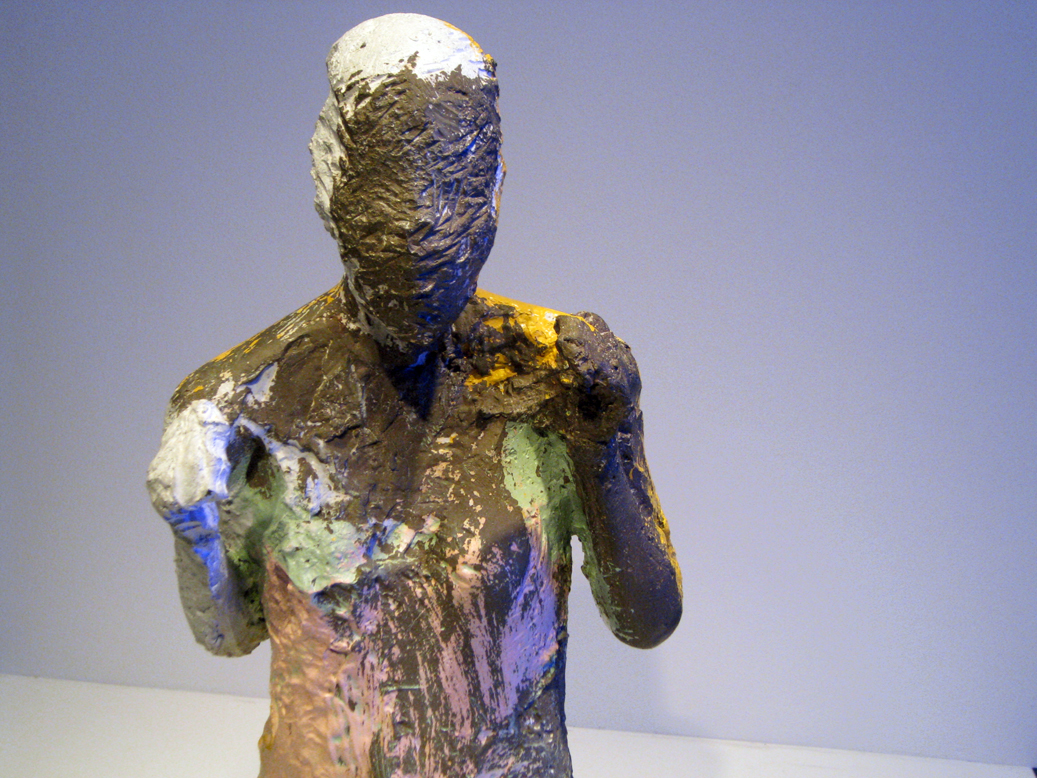WASHINGTON, DC—“Penance No. 3” is at once classic and cutting edge. Splashed with pastel paint, the kneeling bronze figure is representative of Manuel Neri‘s body of work. A California native born to Mexican parents, Neri has been exploring the human figure for more than 50 years, using the female form as his primary vehicle.
A key member of the San Francisco Bay Area figurative movement of the 1950s and 60s, Neri’s work strikes a balance. After casting his sculptures in traditional materials—marble, plaster, ceramic and bronze—he finishes the figures with an unexpected adornment of color.
The John Berggruen Gallery featured Neri’s work in a 2009 group show. The gallery describes his aesthetic thus:
“His lone female figures, often in frankly erotic or naturalistic poses, were lauded immediately for their contemporary yet timeless quality. From the onset, Neri made violent marks on the ‘skin’ of his figures and then painted their surfaces in patches of bright color—a conscious bow, he has said, to the painted sculpture of Marino Marini and to the ceramics of Pablo Picasso, as well as to the visceral expressionism of Willem de Kooning.”
Penance means “voluntary self-punishment inflicted as an outward expression of repentance for having done wrong. “Penance No. 3” depicts a kneeling female figure her arms—with fists clenched—held up to her chest in a defensive posture.
The sculpture is a part of the Hirshhorn Museum’s permanent collection where it is currently on display.
Photos by Arts Observer


